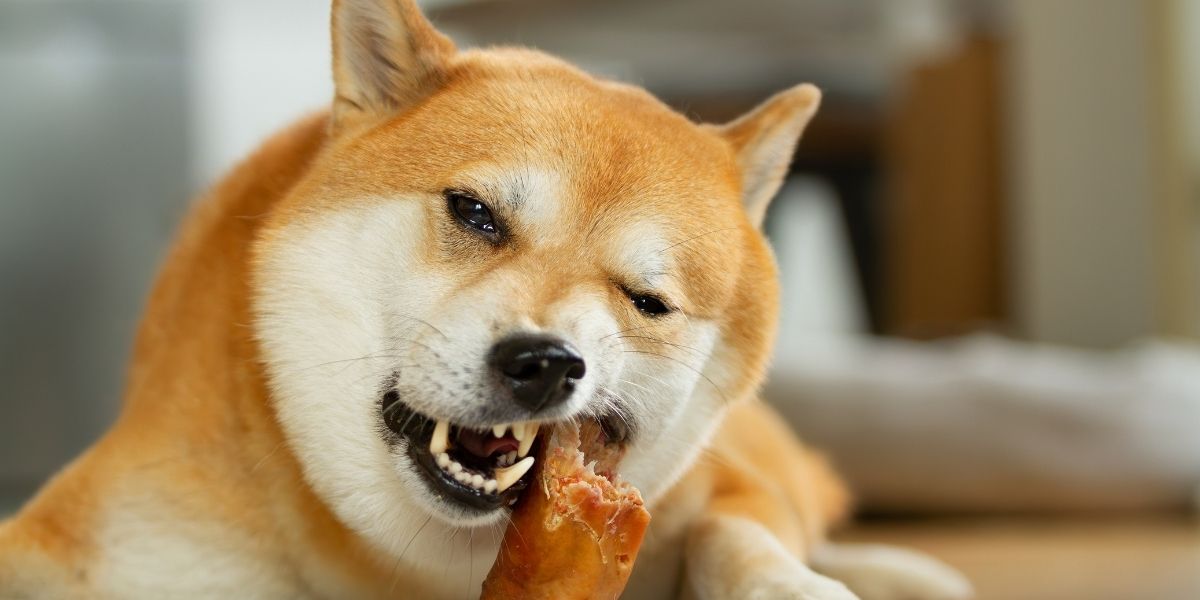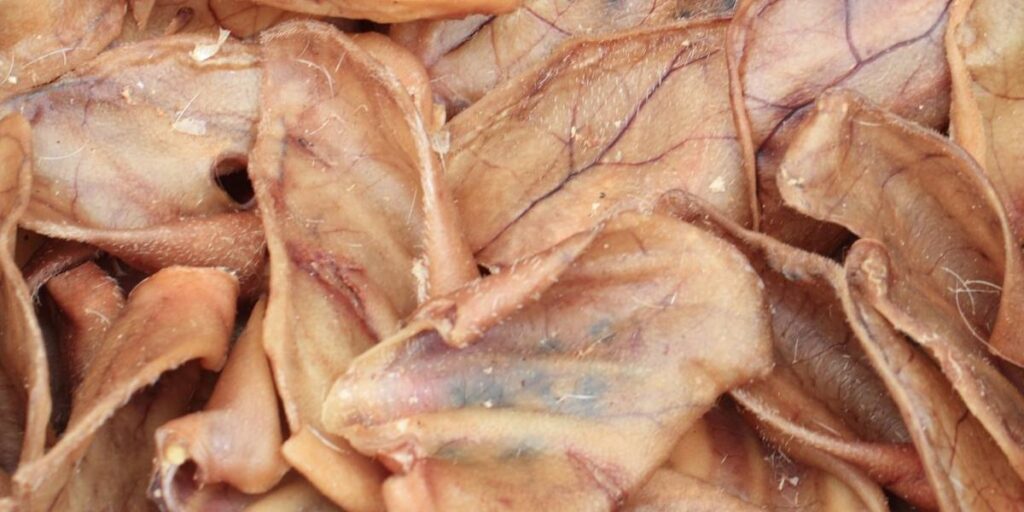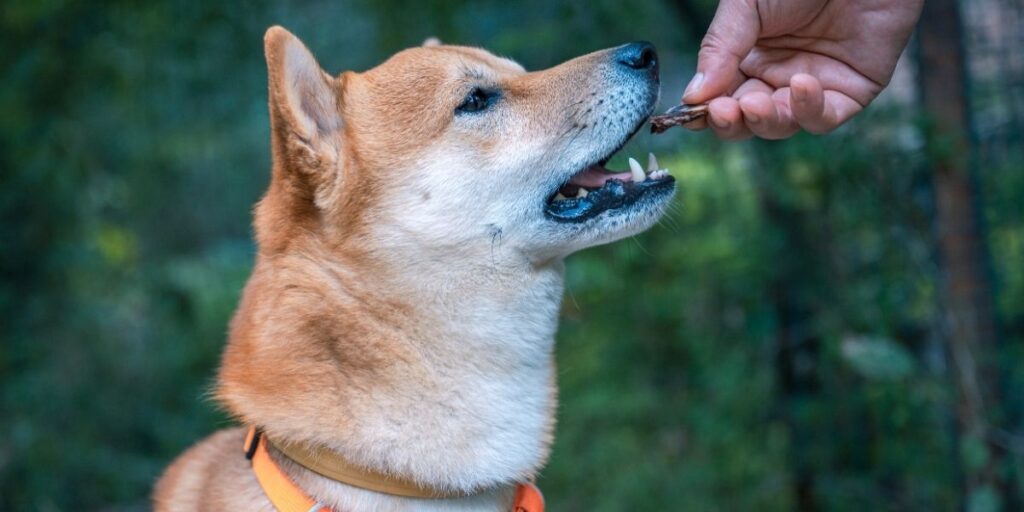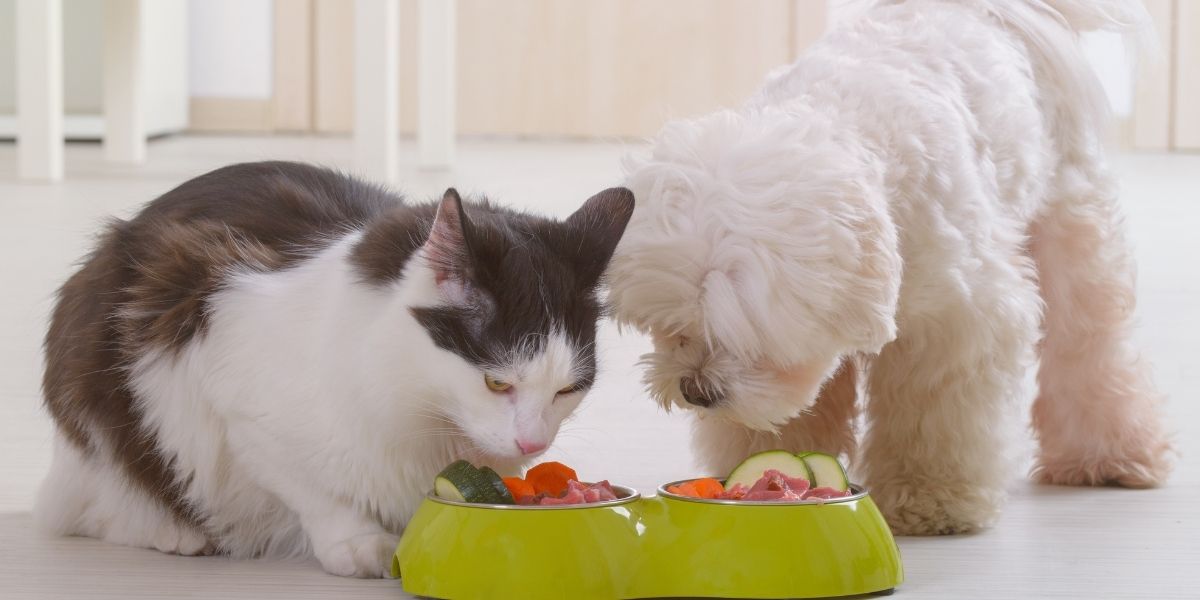Now Reading: Pig Ears for Dogs: Tasty Treat or Hidden Risk?
- 01
Pig Ears for Dogs: Tasty Treat or Hidden Risk?

Pig Ears for Dogs: Tasty Treat or Hidden Risk?

Should You Give Them or Skip Them?
Picture this: you walk into a pet store, and your pup’s eyes lock on a pack of pig ears. Tail wagging, drool starting—yep, the temptation is real. Pig ears for dogs are one of the most popular natural chews on the shelves. But here’s the big question: are they actually safe, or are you better off passing them by?
Let’s break it down together—benefits, risks, and what vets have to say—so you can make the best choice for your furry friend.
Why Do Dogs Love Pig Ears So Much?
It’s simple. Pig ears are chewy, tasty, and smell irresistible to dogs. They satisfy a dog’s natural need to chew while keeping them busy. For many pet parents, pig ears for dogs feel like the perfect treat—easy to find, affordable, and long-lasting.
But just because dogs love them doesn’t mean they’re the right choice every time.
Are Pig Ears Safe for Dogs?
This is the question every dog parent asks. Pig ears for dogs can be safe if given responsibly—but there are risks. Some are processed with chemicals or come from questionable sources, which may cause stomach upset or bacterial contamination.
Here’s the truth: moderation and quality matter. Always buy from reputable brands, and avoid overfeeding since pig ears are high in fat.
Read Also: 10 Clear Signs Your Dog Might Have Allergies
Can Puppies Have Pig Ears?

Puppies love to chew, but their digestive systems are still developing. So while pig ears for dogs are common, they’re not the best option for young puppies. Hard pieces can break off and become a choking hazard. It’s better to wait until your pup is at least 6 months old before even considering it. In the meantime, stick to softer, vet-approved puppy chews.
Are Dried Pig Ears Safe for Dogs?
Dried pig ears are everywhere, but the safety depends on how they’re processed. Some cheaper versions can splinter or carry bacteria. High-quality, oven-baked, or air-dried pig ears for dogs are safer than chemically treated ones. Always read labels and choose trusted brands.
Also Read: Gay Dog Mask: What It Really Means in Modern LGBTQ+ Culture
Are Pork Ears Good for Dogs?
Good news: pork ears are basically the same as pig ears, and yes, they can be good in moderation. They’re protein-rich, chew-friendly, and satisfying for your pup. The catch? They’re also fatty. Too many can lead to weight gain or upset stomachs.
Are Pig Ears Good for Dogs Long-Term?
Short-term, pig ears for dogs can be a great occasional treat. They keep teeth busy, reduce boredom, and give your dog something tasty to enjoy. But long-term, they shouldn’t replace balanced nutrition. Think of them like junk food for humans—okay once in a while, but not an everyday habit.
The Safer Way to Offer Pig Ears
If you’re thinking about trying them, here are some quick safety tips:
- Supervise chewing: Always keep an eye on your dog to avoid choking.
- Check the source: Go for natural, chemical-free, US-made pig ears.
- Moderation is key: Limit to one or two a week depending on your dog’s size.
- Know your pup: If your dog has a sensitive stomach or is overweight, skip them.
Final Thoughts: Should You Give Pig Ears to Your Dog?

At the end of the day, pig ears for dogs are neither purely good nor purely bad—they fall somewhere in the middle. If sourced from trusted brands and given occasionally, they can be a satisfying treat. But if your pup has tummy troubles, is still a puppy, or tends to gulp food instead of chewing, you might want to pass.
Your dog’s health always comes first. Treats like pig ears are just the bonus.
FAQs About Pig Ears for Dogs
Once or twice a week is plenty. They’re high in fat, so daily feeding isn’t recommended.
Yes, especially for dogs with sensitive stomachs or those who eat too many at once.
Chewing can help scrape teeth, but they’re not a substitute for brushing or vet dental care.
They can be, but always supervise. Smaller breeds may struggle with bigger ears, so break them into smaller pieces.













